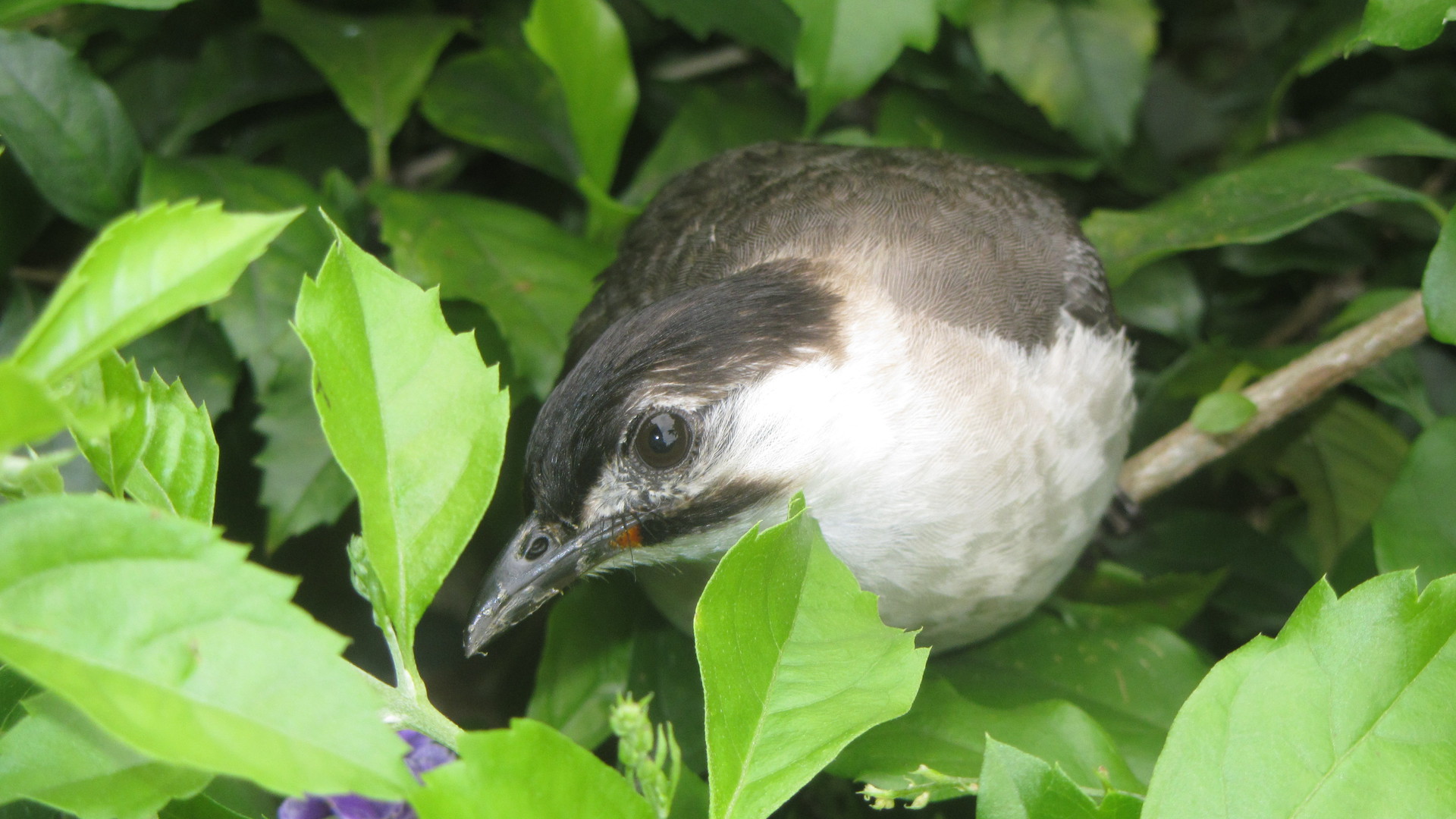Skyflower or Pigeon Berry
The exciting and ultimately heartbreaking events of the past three weeks (the laying of eggs, their successful hatching, and the tragic deaths of the four bulbul chicks, not even a
The exciting and ultimately heartbreaking events of the past three weeks (the laying of eggs, their successful hatching, and the tragic deaths of the four bulbul chicks, not even a
The bulbul nest is now empty. It was a sad end of a rather exciting week which provided us with a rare opportunity to witness the arrival of new life
Bad news – two of the baby bulbuls were lost yesterday afternoon. I don’t know if this was a case of the mother abandoning the two weakest individuals (I believe

I was finally able to take a few decent shots of the bulbul couple (Pycnonotus taivanus) that set up residence in low bushes right at the entrance of our house.
The eggs have hatched! Three of the four so far, the fourth one is still intact. The mother bulbul (Pycnonotus taivanus) has diligently incubated them during the past 11 days
The Red Ring Skirt (Hestina assimilis) is a species of butterfly in the family nymphalidae, commonly found in Asia (from northern Vietnam to southern and eastern China as well as
Every time I look at a Heliconia rostrata flower, commonly referred to as “hanging lobster claw”, I am instantly reminded of how wonderfully creative Mother Nature really is. Originating from

The Taiwan Bulbul or Styan’s Bulbul (Pycnonotus taivanus) is an endemic species of bulbul that lives in eastern and southern Taiwan. These birds are very common around Taitung and often set up nests
Asian Long-horned Beetle (Anoplophora glabripennis) is a spectacular insect, at least in terms of appearance. Its enormous antennae in alternating black and white colours are perhaps the most fascinating – without
The Kookaburra is a stunning kingfisher found in northern and eastern Australia, the island of New Guinea and on Aru Islands in eastern Indonesia. Not only they look unusual with